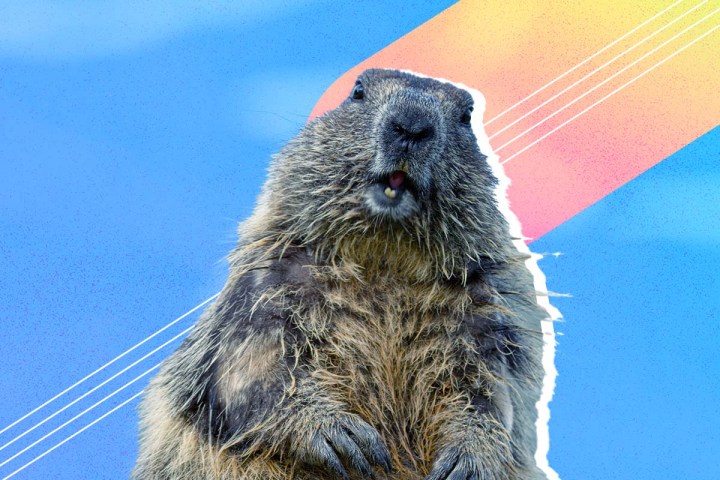If you’re a movie buff, you probably know what the popular Groundhog Day celebration is all about, thanks to the 1993 film of the same name starring Bill Murray.
The film popularized this tradition, referring to something that is repeated over and over again. But have you ever wondered what this holiday is about and what the rodent has to do with it all? Here we clarify it for you.
What is Groundhog Day?
Groundhog Day is a popular tradition celebrated in the United States and Canada on February 2, although it is known worldwide, likely due to the popularity of the film.
The celebration comes from a Pennsylvania German superstition predicting the end of winter and is based on the animal’s behavior as it emerges from hibernation.
If on February 2 the groundhog comes out of his hole and sees his shadow (due to sunny weather), he will get scared and return to his den; This means that winter will last for another six weeks. On the contrary, if there is no shadow (due to cloudiness), then spring will come earlier than expected. So goes the popular belief, but Phil (the groundhog) doesn’t actually need to see his shadow; You only need to project one to make a winter prophecy.
The beginning of Groundhog Day
Groundhog Day has its roots in the ancient Christian tradition of Candlemas, when clergy blessed and distributed candles needed for the winter. The candles symbolized how long and cold the season would be.
The Germans expanded on this concept by choosing an animal, the hedgehog, as a means of predicting the weather. After arriving in the United States, German settlers in Pennsylvania continued this tradition, although they replaced the hedgehogs with marmots, which were abundant in the Keystone State.
Groundhog Day was first celebrated in 1887 at Gobbler’s Knob in Punxsutawney, Pennsylvania, where a rodent weatherman was present. This was the first time the event was reported in the news, as it appeared in the Punxsutawney Spirit newspaper.
What are marmots?

Marmots are rodents. They are one of the few animals that actually hibernate all winter; They often build special burrows for winter sleep. They usually weigh between five and seven kilograms and live between six and eight years. They eat vegetables and fruits, hiss when they are scared or looking for a mate, and can climb trees and swim.
In late autumn, these animals hibernate; During this time, their body temperature drops significantly, their heart rate slows from 80 to five per minute, and they can lose 30 percent of their body fat. In February, male marmots emerge from their burrows to find mates (not to predict the weather) before going underground again. They emerge from hibernation in March.
In 1887, the editor of a newspaper owned by a group of Punxsutawney groundhog hunters stated that Phil, the local groundhog, was the only weatherman in the United States.
The line of groundhogs since known as Phil may be America’s most famous groundhogs, but other cities across the country now have their own weather-predicting rodents, from Bill in Birmingham to Chuck on Staten Island to Shubenacadie Sam in Canada.
How is Groundhog Day celebrated?
Today, every February 2nd, thousands of people gather at Gobbler’s Knob in Punxsutawney to witness Phil’s prediction, although its accuracy is disputed.
Some Pennsylvanians say rodents are accurate 90 percent of the time, while some studies say they are only accurate 39 percent of the time.
Selected marmots are kept in electrically heated burrows and are said to recite their predictions in “marmot” language, which is then “interpreted” by a member of the Punxsutawney Marmot Club’s Inner Circle.
Responsible for all Groundhog Day celebrations is the Inner Circle, a group of dignitaries who wear top hats and tuxedos. They organize a three-day celebration with various activities for the participants, who typically number more than 20,000 each year.
Source: Digital Trends
I am Garth Carter and I work at Gadget Onus. I have specialized in writing for the Hot News section, focusing on topics that are trending and highly relevant to readers. My passion is to present news stories accurately, in an engaging manner that captures the attention of my audience.











